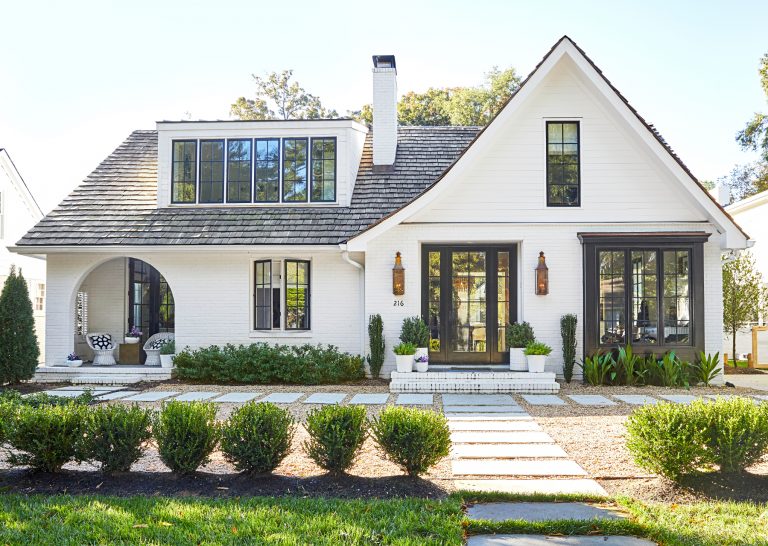When decorating a house, it’s important to find a style that will allow you to create the right atmosphere. Colors you use, finishing materials, and furniture will determine and dictate the style you choose. Don’t know which option to choose for the interior design of a home or apartment? Let’s look at the most popular styles in design.
Neoclassical
Emphasizing the elite status of the property, neoclassic remains modest, understated and sophisticated thanks to its refined lines, miniature decor, small accents of gold and a light color scheme.
The design of such an apartment uses the same principles as in the design of a country house. The types of ornaments here are geometric, the furniture is light, and many solid-colored textiles and upholstery are used. There are often mirrored panels, large built-in light storage systems for the living room and library, dark parquet or marble floors, silk, crystal and gilding.
’60s Retro
’60s retro is in vogue right now, and no one knows if it will be forgotten in a few seasons or not. Retro uses modest but pronounced silhouettes of furniture on thin wooden legs, graphic ornaments typical only of this style, bright posters and interesting accents. For example, you can use some bright colors similar to those used in a betting online website or in bright flower colors.
Loft
Although it originated as a style for residential apartments in Chicago and New York, the loft has its own national variations. In Asia, for example, brick buildings are often monolithic because of the region’s seismic activity, so these apartments and houses often have even more concrete than the brick in the standard American loft.
Provence
The style of Provence is a combination of the entourage of southern provincial life and French aristocratism. In Provence, many wealthy Parisians and Lyons bought summer villas to relax surrounded by nature, decorating houses in this style.
Today, Provence has become an excellent substitute for the country style, which by its color scheme (dark brown) and the format of furniture (massive, uncomfortable, dangerous for children) has fallen behind modern trends.
In the Alpine region there is an authentic chalet style that strikes a luxurious approach to the design of a wooden house. Chalet is singled out as a separate style, but is sometimes confused with rustic or country.
Minimalist
It is a multifunctional, technological and very concise style. Thin lines, built-in furniture format, integrated appliances and electronics are not decorative, but ergonomic features of the design, designed to be convenient in everything. Minimalist saves you time, nerves and creates a sense of controlled oasis for relaxation in the home.
Art Deco
Inspired by the art of the Orient and Egypt, Art Deco was created in France when local manufacturing was replaced by the need for refined, interesting, original pieces of art, furniture and decor.
Geometric ornaments, animal prints, exquisite Asian detailing on wooden furniture and incomprehensibly beautiful chinoiserie are all used in modern Art Deco interiors. Faceted and crystalline shapes, floral, geometric and rich motifs, chrome and inlays, massive metal structures, an intense sound of open, fresh colors and black accents are also popular here.
Scandinavian Style
Scandinavian style is a special culture of perception, not just white walls and simple wooden furniture. Because of the nature of the climate, white is one of those shades that will not look sad in gloomy weather, on cold frosty days, while maintaining a sense of freshness.
Many people forget that the Scandinavian style is also very provincial. In expensive apartments in the center of Oslo or another Scandinavian city, the classics and neoclassics are often used. But in country houses and small apartments in green residential neighborhoods, the Scandinavian style is preferable.

